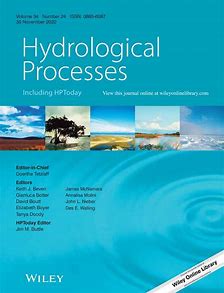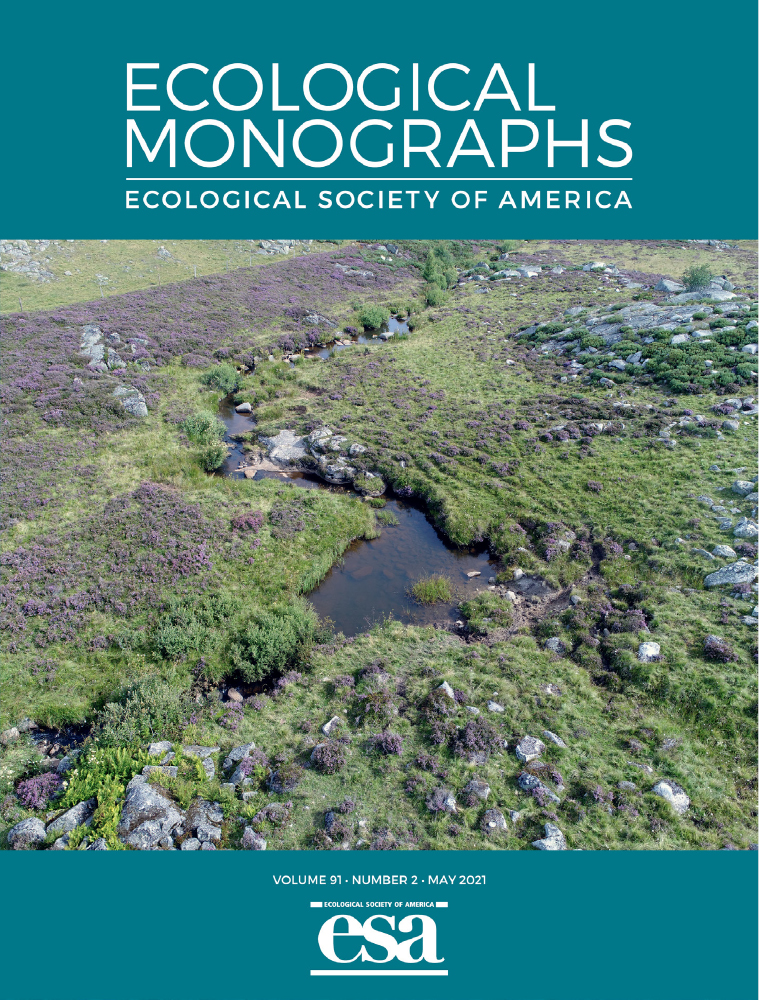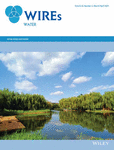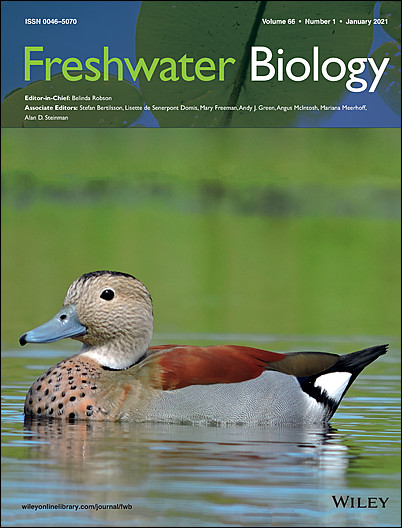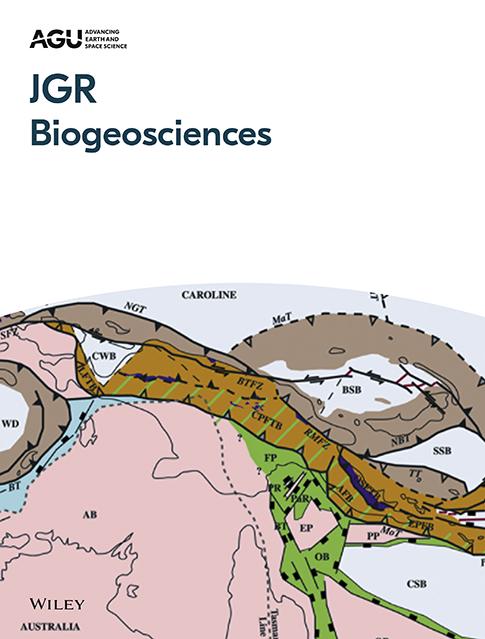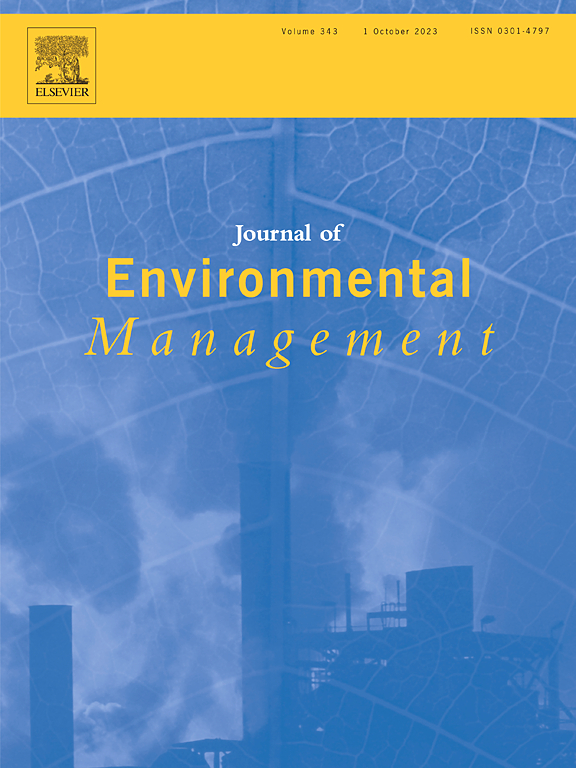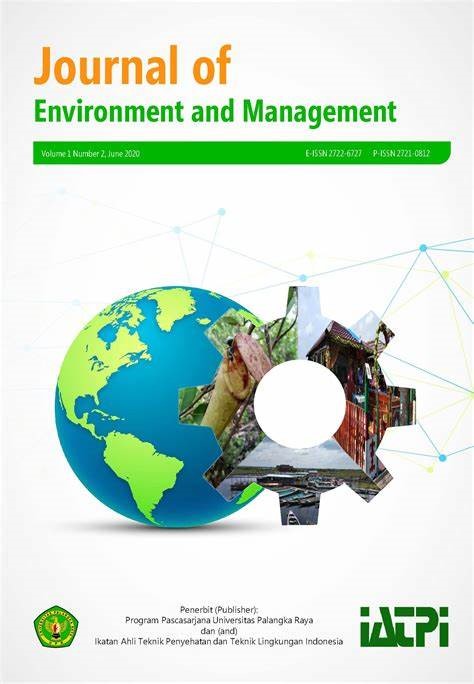- Topic:Freshwater ecosystems
Reducing Uncertainty in Hydrologic Model Using Water Isotope and Chloride Data for Glacierized Catchment on the Tibetan Plateau
Functional macroinvertebrate diversity stabilizes decomposition among leaf litter resources across a river network
Contrasts in Ecohydrological Partitioning of Heterogeneous Urban Green Spaces in Energy-Limited Versus Water-Limited Hydroclimates
A Holistic Catchment-Scale Framework to Guide Flood and Drought Mitigation Towards Improved Biodiversity Conservation and Human Wellbeing
The authors suggest to combine conventional civil engineering methods, nature-based solutions, and biodiversity conservation actions at catchment-scale to leverage flood and drought mitigation and cater to improved biodiversity conservation and human wellbeing. We outline the needs in terms of legislation structure, adequate funding and governance structures to make this happen.
Submerged Macrophytes Can Maintain Stable Dominance Over Free-Floating Competitors Through High pH
Controls on Lake Pelagic Primary Productivity: Formalizing the Nutrient‐Color Paradigm
Does Perceived Nuisance Abundance of Water Plants Match with Willingness-to-Pay for Removal? Contrasts Among Different User Categories
Shedding light with harmonic radar: Unveiling the hidden impacts of streetlights on moth flight behavior
Cross-scale and integrative prioritization of multi-functionality in large river floodplains
Assessing impacts of alternative land use strategies on water partitioning, storage and ages in drought-sensitive lowlandcatchments using tracer-aided ecohydrological modelling
The authors used advanced process-based ecohydrological modelling to assess the effects of realistic land use scenarios for the Berlin/Brandenburg region on water flux and storage dynamics. Replacing conifer forests with uneven-aged mixed forests with younger, broad-leaved trees had the greatest potential for reducing evapotranspiration and increasing groundwater recharge


